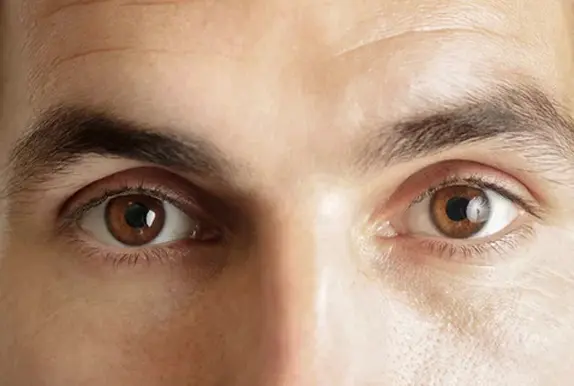Ptosis, or drooping of the upper eyelid, can range from barely noticeable to severe, significantly affecting vision and appearance. While surgery remains the gold standard for correcting moderate to severe ptosis, many people with mild ptosis seek non-surgical options to improve eyelid position without going under the knife.
But do these alternatives actually work? What are the benefits and limitations? This guide explores the most common non-surgical treatments for mild ptosis, how they work, and who might benefit from them.
What Is Mild Ptosis?
Mild ptosis is when the upper eyelid droops slightly but:
- Does not significantly block vision
- Causes minimal aesthetic concern
- The levator muscle function is only mildly impaired
In these cases, surgery might not be immediately necessary or desired, prompting patients to explore less invasive options.
Common Non-Surgical Alternatives for Mild Ptosis
1. Ptosis Crutches (Eyelid Taping or Clips)
What they are:
Ptosis crutches are small, custom-made devices attached to glasses that physically lift the drooping eyelid by supporting the eyelid margin.
How they work:
The crutch hooks onto the upper frame of eyeglasses and gently props up the eyelid, improving vision and eyelid appearance temporarily.
Pros:
- Immediate eyelid lift
- Non-invasive and reversible
- No downtime or recovery period
Cons:
- Can be uncomfortable or irritating
- Visible when worn, may affect appearance
- Requires wearing glasses consistently
- Not suitable for active lifestyles or children
2. Botulinum Toxin (Botox) Injections
What it is:
Botox is a neurotoxin that relaxes muscles by blocking nerve signals. While traditionally used for wrinkles, it can sometimes be used off-label for mild ptosis.
How it works:
By injecting Botox into muscles around the eyelid or brow, a skilled practitioner can create a subtle lifting effect by relaxing opposing muscles.
Pros:
- Minimally invasive with no surgery
- Quick outpatient procedure
- Temporary effects (3-6 months)
Cons:
- Results are subtle and variable
- Effects are temporary, requiring repeat treatments
- Risk of worsening ptosis if injected incorrectly
- Not FDA-approved specifically for ptosis treatment
3. Eye Exercises and Physical Therapy
What it is:
Some advocate eyelid strengthening exercises to improve levator muscle tone.
How it works:
Exercises involve repeated eyelid lifting motions to encourage muscle activation.
Pros:
- Non-invasive and cost-free
- No side effects
Cons:
- Limited scientific evidence supporting effectiveness
- Typically insufficient for true ptosis caused by muscle or nerve dysfunction
- Results, if any, are gradual and modest
4. Specialized Eye Drops
What they are:
Certain prescription eye drops, like oxymetazoline hydrochloride 0.1% (Upneeq), have recently been approved to temporarily lift the eyelid.
How it works:
Oxymetazoline stimulates Müller’s muscle (a small muscle that helps lift the eyelid), producing a modest elevation.
Pros:
- Non-invasive and easy to use
- Rapid onset of action (within minutes)
- Temporary but can be used daily
Cons:
- Effects last only a few hours
- Not a permanent fix
- Possible side effects include irritation or redness
- Best suited for mild cases only
Do Non-Surgical Treatments Actually Work?
The effectiveness of non-surgical options depends on:
- Severity of ptosis: Mild cases respond better; moderate to severe ptosis typically requires surgery.
- Cause of ptosis: Neurogenic or muscle-related ptosis often needs surgical correction; mild mechanical drooping may respond better to crutches or drops.
- Patient expectations: Non-surgical options improve appearance or function temporarily but do not fix the underlying muscle weakness.
When to Consider Surgery Instead
If:
- Your ptosis blocks vision or causes eye strain
- You want a long-lasting or permanent correction
- Non-surgical methods provide insufficient improvement
- You desire a more natural eyelid contour
Then ptosis surgery is generally recommended.
Final Thoughts
While non-surgical alternatives for mild ptosis offer temporary and modest improvements, they are not a substitute for surgery in most cases. Options like ptosis crutches and prescription eye drops can be useful for people seeking short-term relief or those who are not surgical candidates. Botox and eye exercises have limited roles and must be used cautiously.
If you have mild ptosis and want to explore these options, consult a board-certified oculoplastic surgeon or ophthalmologist who can evaluate your eyelid function and recommend the best treatment tailored to your needs.




